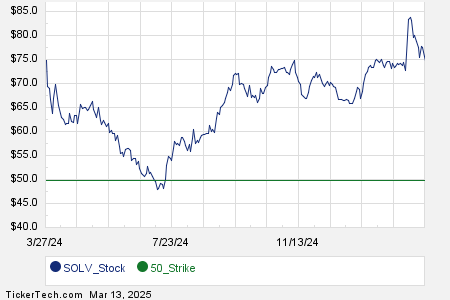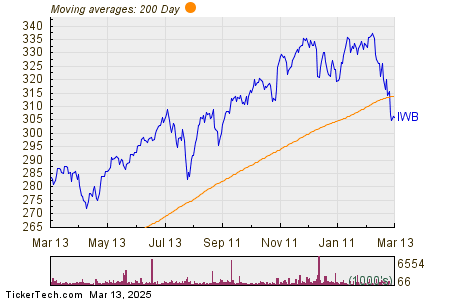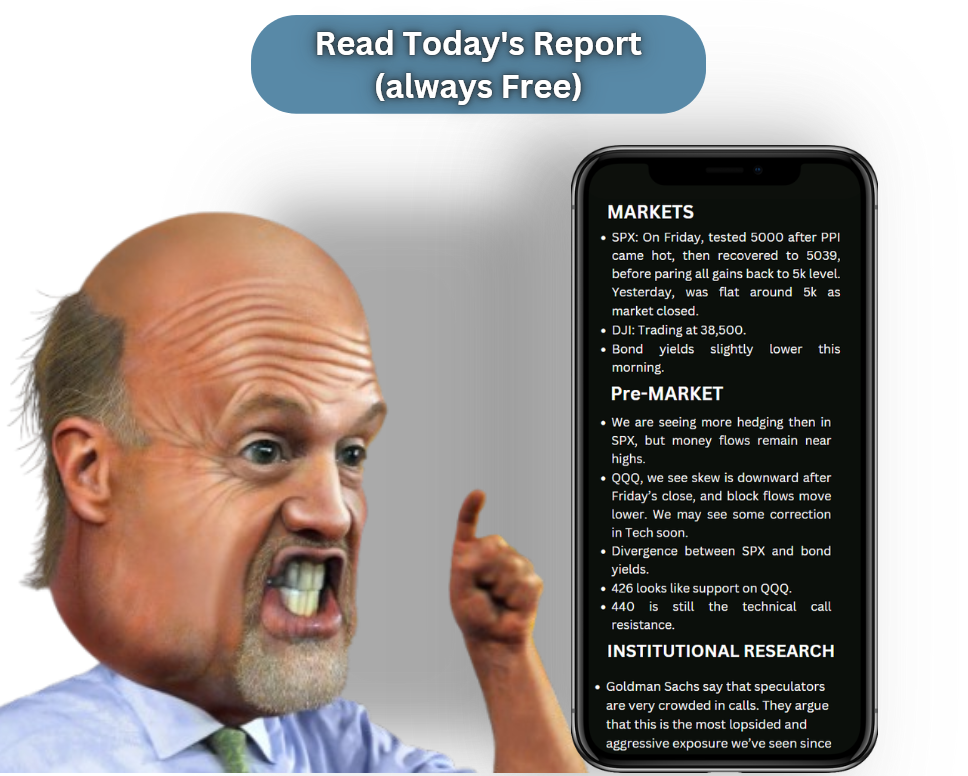Fintech Giants SoFi and PayPal: Bright Prospects Amidst Competition
SoFi Technologies (NASDAQ: SOFI) and PayPal (NASDAQ: PYPL) stand out in the fast-growing fintech sector, each bringing distinct offerings to the table. SoFi began with student loan refinancing and has diversified into various financial services, while PayPal remains a leader in online and mobile payments.
Both companies contend with rising competition yet continue to excel. Here’s why investing in these fintech stocks now might make sense.
Wondering where to invest $1,000? Our analysts have identified the 10 best stocks to consider right now. Check out the 10 stocks »

Image source: Getty Images.
SoFi’s Expansion and Growth
SoFi is not your average fintech. It initially focused on student loan refinancing but has expanded to offer a wide range of financial services such as loans, checking and savings accounts, mortgages, credit cards, and investment options.
This diverse product lineup helps SoFi attract new clients at all stages of their financial journeys, while also retaining current members with a comprehensive selection of services.
This strategy has proven effective; SoFi’s membership soared more than ninefold in less than five years, reaching over 10 million. Financial results reflect this growth, with total revenue in 2024 rising 26% to $2.6 billion, while non-GAAP earnings per share improved to $0.15, a boost from a loss of $0.10 per share in 2023.
Looking ahead, SoFi aims for continued growth. Management projects adjusted net revenue to reach about $3.23 billion this year, reflecting a nearly 25% increase from 2024. They also expect to add at least 2.8 million new members, marking a 28% rise from last year.
Despite a forward price-to-earnings ratio of 53.1, a recent drop in SoFi’s share price may present an attractive entry point for investors. Given the ongoing member growth and service expansion, starting a small position could be worthwhile even at a premium valuation.
PayPal Maintains Its Dominance
PayPal has long been a leader in online payment processing, benefiting from its initial advantages. The company currently boasts 434 million active accounts globally, with total payment volume (TPV) reaching $437.8 billion in the fourth quarter.
Integral to the e-commerce landscape, countless online merchants choose PayPal for payment processing, while users frequently transfer money using Venmo, PayPal’s popular mobile app.
This widespread use has led to a 3% increase in payment transactions per active account, resulting in a total of 60.6 transactions in 2024. Furthermore, its market reach has spurred sales and earnings growth, with 2024 revenue climbing 7% to $31.8 billion and non-GAAP earnings per share rising 21% to $4.56.
PayPal’s stock is also appealing due to its favorable pricing. The company’s forward price-to-earnings ratio is 18.1, significantly lower than the S&P 500’s ratio of 24.1. This pricing makes PayPal a relative bargain as the fintech market is expected to grow into a $1.5 trillion industry over the next five years.
Is Now the Time to Buy SoFi Technologies?
Before investing in SoFi, it’s wise to keep this in mind:
The Motley Fool Stock Advisor analyst team recently listed the 10 best stocks to buy, and SoFi Technologies did not make the list. Those selected stocks have the potential to yield substantial returns in the coming years.
For perspective, consider that when Nvidia was named to this list on April 15, 2005, if you had invested $1,000 then, it would now be worth $788,619!*
Stock Advisor provides tools to help investors build successful portfolios, with regular updates and two stock picks released each month. Since 2002, its performance has outpaced the S&P 500 by more than four times.*
Learn more »
*Stock Advisor returns as of February 3, 2025
Chris Neiger has no position in any of the stocks mentioned. The Motley Fool has positions in and recommends PayPal. The Motley Fool recommends the following options: long January 2027 $42.50 calls on PayPal and short March 2025 $85 calls on PayPal. The Motley Fool has a disclosure policy.
The views and opinions expressed herein are the views and opinions of the author and do not necessarily reflect those of Nasdaq, Inc.




